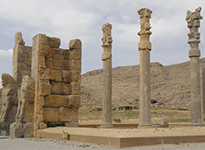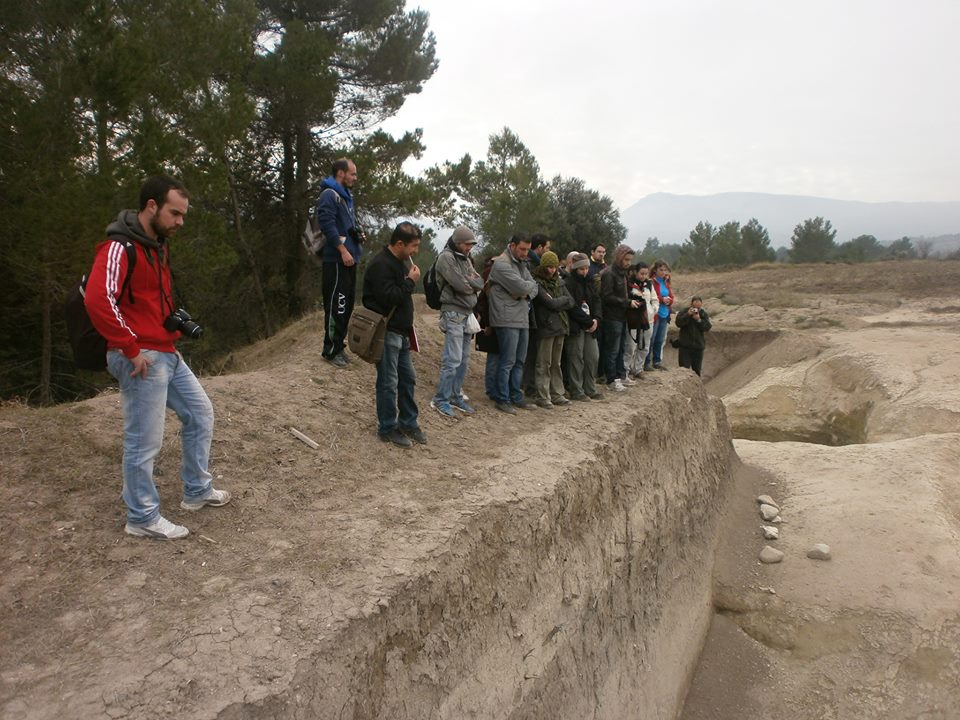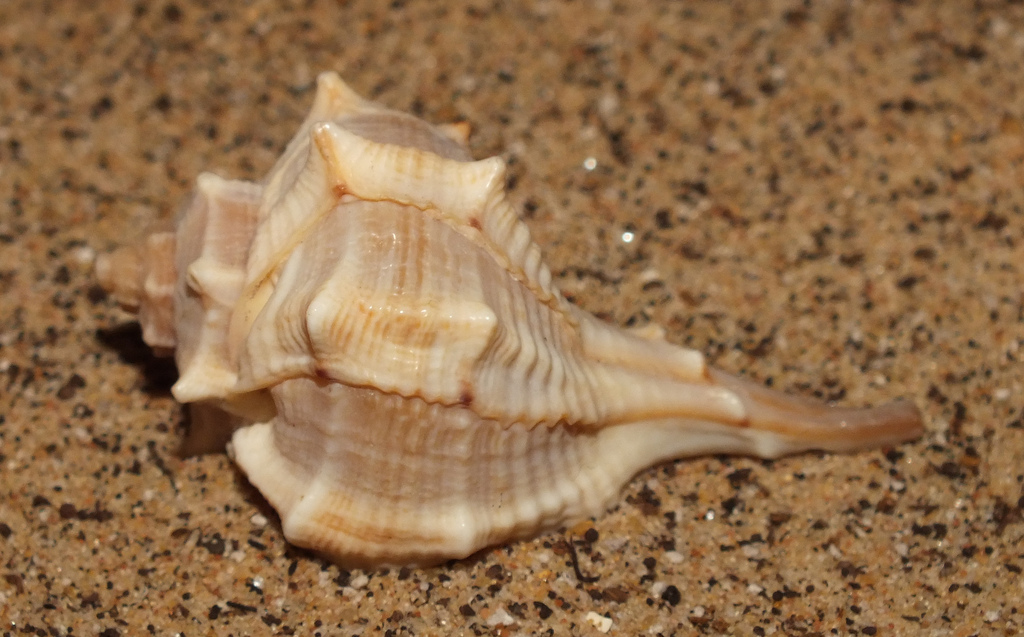
ArchaeChemis, the laboratory of the Department of Analytical Chemistry of the Universitat de València, has developed an innovative technique that allows for evaluating the conservation of the archaeological heritage.
20 january 2016
A group of researchers from ArchaeChemis, the laboratory of the Department of Analytical Chemistry of the Universitat de València, has developed a revolutionary non-destructive technique that gets to identify, on-site and quickly, the monuments to know the impact of the environmental agents. The method has already successfully been applied on the pieces of the audience hall of the king Darius in Persepolis, the old capital of the Achaemenid Empire, currently Iran.
The laboratory, which dedicates to the evaluation and disclosure of archaeological remains, has published on-line in the journal Science of the Total Environment the method developed to evaluate the conservation of the heritage. The innovative technique measures the impact of biological and atmospheric agents with the use of X-ray fluorescence techniques and infrared techniques, which allow for evaluating the stability of the materials. This procedure is carried out with quick and specific appropriate measures for sites in areas of geopolitical or military conflict, where the evaluation of the conservation of the cultural heritage is often hard and complex, and also requires the collection of samples to their later analysis.
The new method evaluates the state directly on the land, since it is based on portable and benched systems that analyse the variations in the mineral composition of the stone of the different monuments and, thus, it makes possible not moving the samples. Furthermore, it is really advantageous the fact that it uses low-cost tools.
The study carried out at the audience hall of the king Darius in the city of Persepolis, declared World Heritage Site by UNESCO in 1979, notes that there are considerable differences between the samples conserved in contact with the environment and those that have remained covered. In the first case, the result shows that on those materials subjected to a direct environmental exposure appear fungi and lichen, being the last ones specially significant in the rocks due to various organic acids, in particular the oxalic acid, that can dissolve the rocks.
The research group coordinated by Gianna Gallello and the professors Agustín Pastor and Miguel de la Guardia, in collaboration with the Polytechnic University of Milan and with Iranian archaeologists of the University of Parand, in view of the obtained results, they draw the conclusions that the best option to delay the degradation of that archaeological heritage is covering, partially at least, the monuments.










